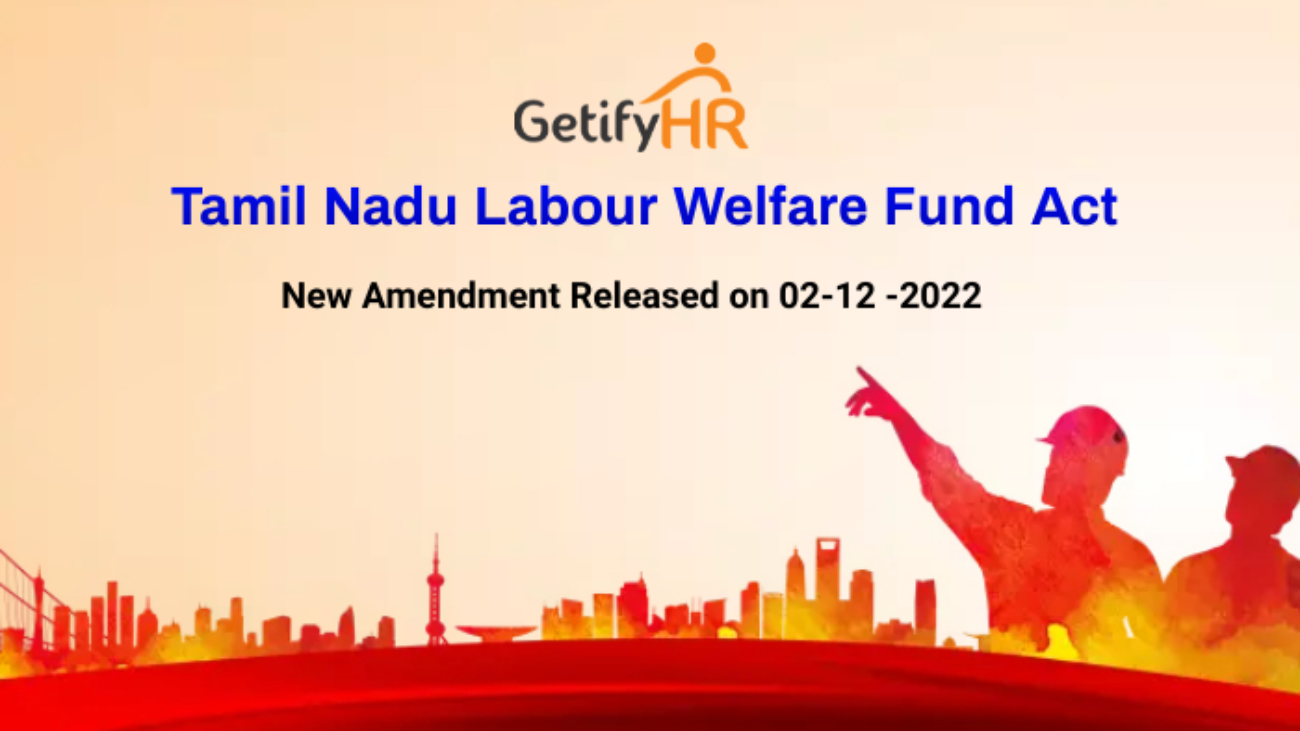Introduction
A contract labourer is one who is assigned to work in an establishment for a specific period through a contract by a contractor with or without the knowledge of the principal employer. They are indirect employees who are either paid daily wages or paid the accumulated daily wage at the end of the month. The contractor is responsible to hire, supervise and remunerate the contract labourers.
The practice of employing workers on a contract has been widely used in India for a very long time. Before and after independence the issue of contract labour has been a seriously analyzed topic and innumerable commissions, committees and even the Ministry of Labour have tried to identify the working conditions of such workers.
Studies have shown that contract labourers live in poor economic conditions and since their job is casual in nature they lack job security. Since there were no regulations and controls, the contract labourers were exploited for the gain of the employer and contractor. To regulate the employment of contract labour and free them from exploitation the government enacted a legislation called the Contract Labour (Regulation and Abolition) Act, 1970. On 10th February 1971, the Act came into force and will be applicable throughout the country.
Objectives and scope of this Act
The main objectives and scope of the Act are:
- To prevent the exploitation of contract labour
- To provide proper working conditions
- To lay down the rules and regulations regarding the registration process of the establishments employing contract labour.
- To state the requirements and the procedures of licensing contracts.
Who does the Act apply to?
The Act will apply to establishments under the following conditions:
- Any establishment where 20 or more workmen are employed or were contracted as contract labour on any day during the preceding 12 months.
- Any Contractor who employs or has employed 20 or more workmen on contract labour on any day of the preceding 12 months.
Establishments to which the Act does not apply
The Act does not apply to establishments that perform works of casual or intermittent nature
- Seasonal work that is performed for less than 60 days
- The work is considered intermittent if the work is performed for less than 120 days in the preceding 12 months.
Main Definitions
Principal Employer
The Principal Employer includes the head of any government or local authority, the owner or occupier, or the Manager of a factory (Under the Factories Act). The Owner, Agent, or Manager of a mine or any person responsible for the supervision and control of the establishment is also included.
Contractor
The Contractor refers to any person who supplies contract labour for any work to any establishment. This could also include the sub-contractor. A contractor to whom the Act applies has to take a license under the Act.
Establishment and Composition of the Advisory Boards
The Contract Labour (Regulation and Abolition) Act, 1970 provides for the establishment of Central and State Advisory Boards. The Boards are established to advise the Central and State governments respectively on matters concerning the administration of the Act and to carry out the functions assigned under the Act.
The Central Advisory Board
The Central Government constitutes the Central Advisory Board with representation from the Government, the Railways, the coal industry, the mining sector, the contractors, the workmen, and any other sector that is deemed fit by the government. The Central Government may nominate eleven to seventeen members to the Advisory Board. The Number of members nominated from the workmen’s side should not be less that the number of members representing the principal employer and contractors. Apart from these members, the Board consists of a Chairman appointed by the Central Government and the Chief Labour Commissioner.
The State Advisory Board
The State Advisory Board is constituted by the respective State Governments and consists of a Chairman appointed by the government, the Labour Commissioner of that State and in their absence the State Government will appoint any other officer.
Apart from these members, the State government may nominate nine to eleven members to represent the government, industry, contractors, workmen, and other members from any other sector that the State government decides. The number of members nominated to represent the workmen shall not be less than the members nominated to represent the principal employer and the contractors.
The Central and State Advisory Boards have the power to form committees under the Act as they deem fit. The committee will discharge their duties and responsibilities in accordance with the provisions of the Act.
Registrations of Establishments hiring contract labour
Every establishment that proposes to hire contract labour is required to obtain a certificate of registration from the respective government. The registration procedure is as follows:
- The Establishment should submit the application in Form No.1 to the Registration Authority along with the receipt of payment of the prescribed registration fee.
- If the application is found correct in all respects, the Registering authority can register the establishment and issue a copy of the registration certificate in Form II.
- The Certificate of Registration will contain the name and address of the establishment, the maximum number of workers to be hired as contract labour, the type of business, and any other important particulars.
The Responsibilities of the Employer
The employer has to fulfill the following responsibilities:
- Register the Establishment.
- Engage contract labour only through licensed contractors.
- Display a notice showing the name and address of the Inspector in English and the local language along with details of wages and date of payment of wages.
- Should ensure that the contractor pays the wages as per the wages fixed by the government or as fixed by the Commissioner of Labour or in their absence pay fair wages.
Licensing of Contractors
Every Contractor who wishes to undertake or execute any work through contract labour is required to obtain a license from the Licensing Authority. This condition applies to a contractor who has employed twenty or more workers during any day of the month.
The Procedure for obtaining a License
The licensing authority issues the license under Sec.12 of the Act.
- The contractor has to make an official request to the Licensing Authority along with the application form.
- Deposit the appropriate security deposit.
- The license will include such conditions as the hours of work, fixation of wages, and other amenities due to contract labour.
- The application in the prescribed form should contain the particulars regarding the location of the establishment, the nature of the process, operation, or work for which contract labour is to be employed, and such other details.
- The license is valid for the period mentioned therein and may be renewed from time to time for such a period. The relevant fee has to be paid.
Provide the following facilities:
- A canteen to the contract labour when they employ 100 or more workers and the work is performed for 6 months or more.
- Provide adequate urinals for men and women separately.
- Provide drinking water, washing facility, first aid, crèche, etc.
- Properly maintain the various registers and records
- Maintain a separate register of Contractors in Form XII
- File the required returns (Annual) to the licensing authority by 15th February of the year.
Responsibilities of the Contractor
The Contractor has the following responsibilities:
- Has to get approval from the Principal Employer.
- Has to obtain a license from the Licensing Authority.
- Raise monthly Bills for payment to the contract labour.
- Maintain all relevant Registers likeMuster Roll, Wage register, etc.
- Has to pay the wages on or before the 7th of each month.
- Disburse the wages in the presence of the representative of the employer.
- Have to distribute employment cards to all the workers three days before the commencement of work.
- Have to file the half-yearly return in Form XXIV after 30 days from the close of the half-year, i.e. June and December.
Penalties
Anyone who violates any clause of the Act or any of the rules under the Act will be liable to imprisonment to the extent of 3 months or with a penalty of One thousand rupees or both. If the violation continues then an additional fine of one hundred rupees per day for every day of contravention will be imposed.
Shortcomings in the Act that need change
The Contract Labour (Regulation and Abolition) Act, 1970 has several drawbacks that need to be addressed by the legislature for better implementation.
- The Act does not differentiate between core and peripheral activities and this has led to non-implementation.
- The Act applies to establishments employing 20 or more contract labourers. Establishments and contractors avoid this responsibility by employing less than 20 labourers.
- Establishments misuse the provision by taking licenses under different names, a single-window system should be adopted for issuing the registration and there should be a licensing authority to handle the issue in every state.
- The penal provisions of the Act are not deterrent enough and, therefore, principal employers prefer to pay the penalty rather than follow the provisions of the Act.
- There is a need to extend the education scheme to contract labour as most of them are unskilled, illiterate, and ignorant of their rights.
- As there are no direct or independent provisions under the Act to file for claims etc., these claims are filed under the Payment of Wages Act or Minimum Wages Act. This has to be included in the Act itself.
Conclusion
The Central Government enacted the Contract Labour (Regulation and Abolition) Act, 1970 to prevent exploitation of the contract labour by both employers and contractors. The Act provides them with certain rights as contract labour and gives them a legal provision to demand their just dues. However, the shortcomings have to be addressed and must be legislated so that necessary changes can be made to strengthen the provisions. There is also a need to make the Act less complicated for the principal employers and contractors and with provisions for better safeguards and amenities to contract labourers.
GetifyHR, with its years of experience in handlingPayroll and all Statutory Compliance rules and regulations, have assisted clients in handling their requirements of contract labour. We expertly handle all issues pertaining to the employment of contract labour, and establishments have gained from our expertise in the eficient handling of contract labour. Our high-end, cloud based Payroll module is capable of handling these issues in a seamless manner, making it easier for organizations to have the relevant details at the click of a button, as and when they require it.



